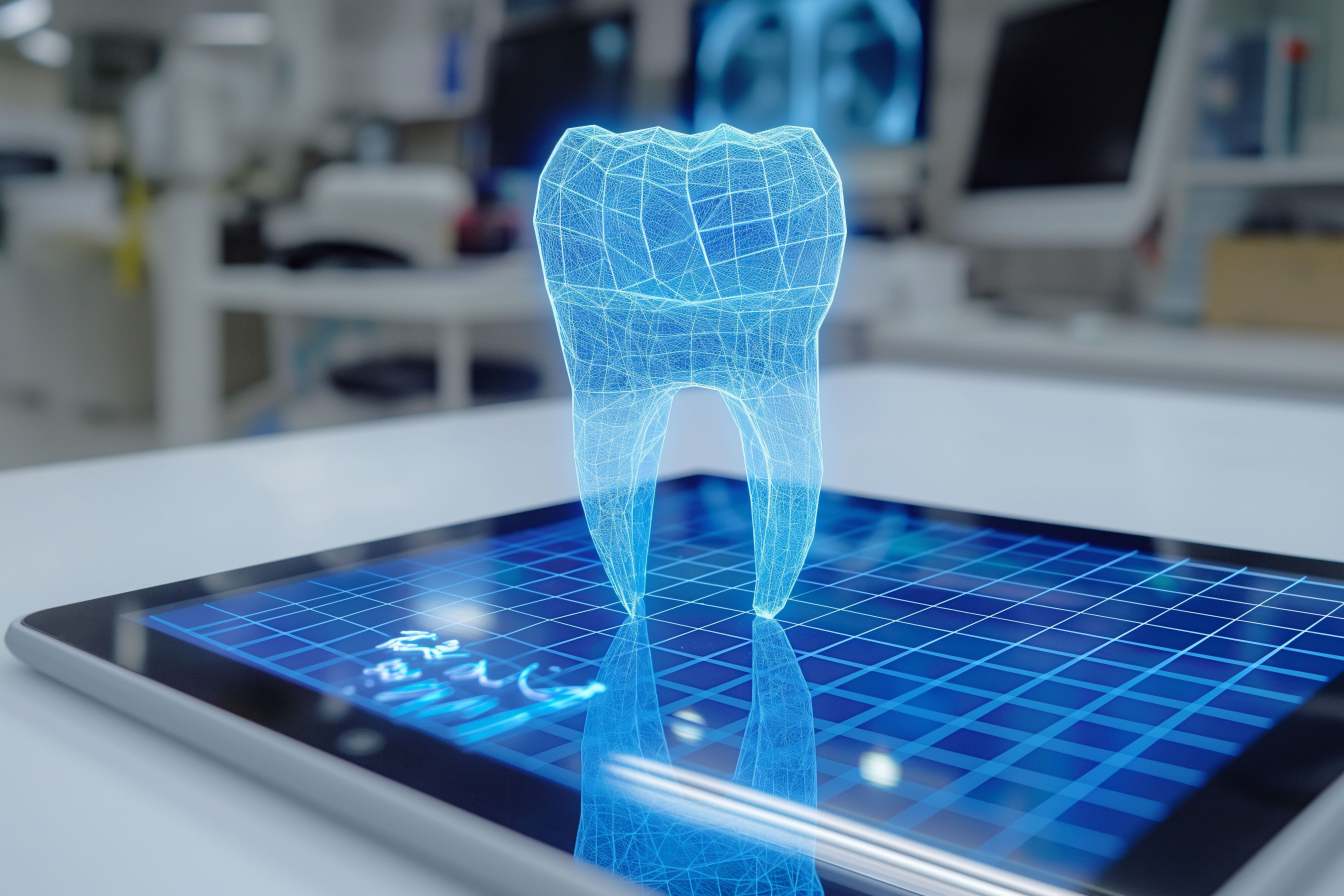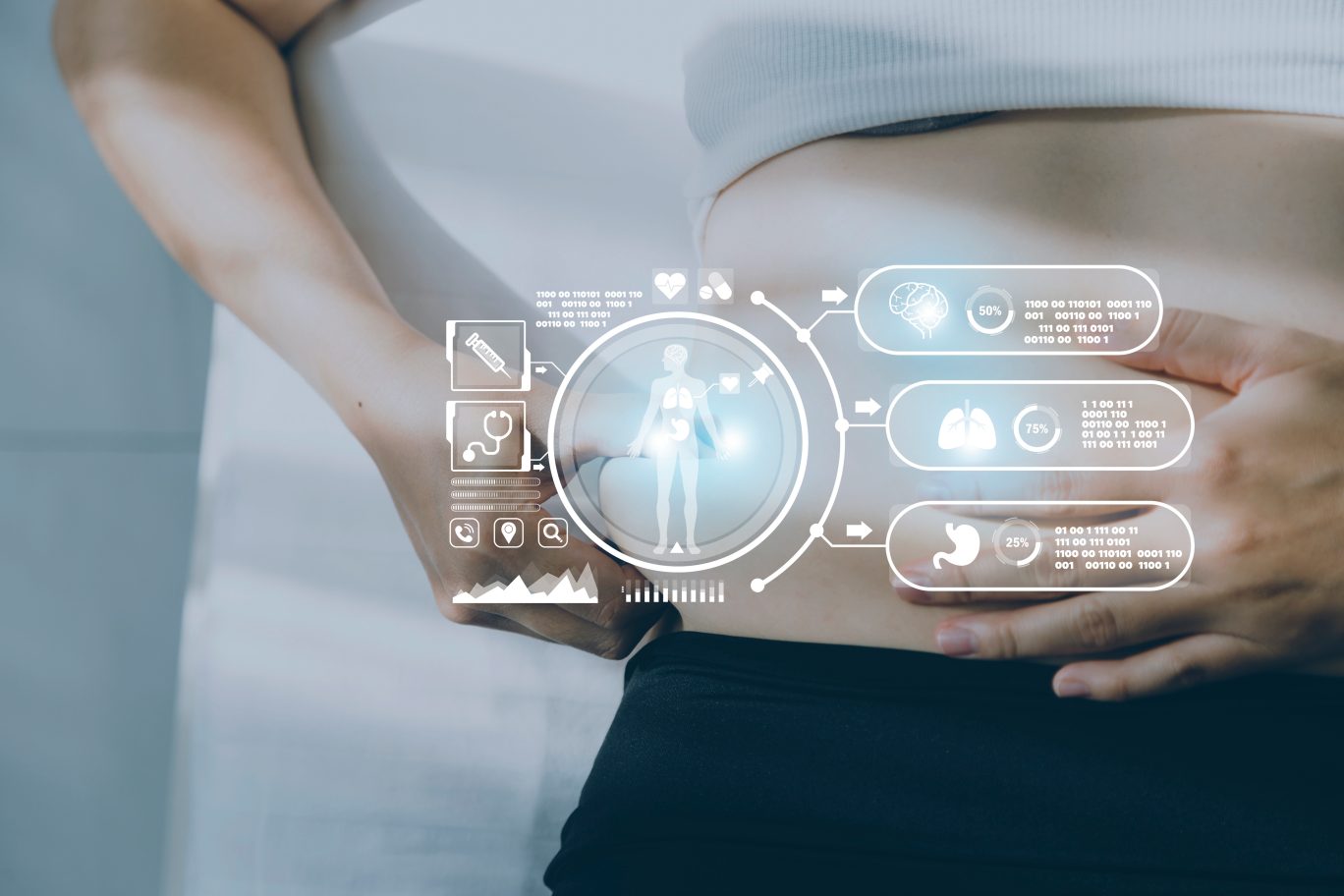
Artificial intelligence (AI) is rapidly transforming the field of dentistry, with applications spanning advanced imaging analysis, precision diagnostics, personalized orthodontic planning, patient triage, and teledentistry. While the capabilities of AI technologies continue to evolve—enabling tools for caries detection, orthodontic monitoring, and treatment outcome prediction—the rate of clinical adoption among dental professionals varies significantly.1
On one hand, AI promises enhanced diagnostic accuracy, improved efficiency, and more patient-centered care. On the other, dentists face substantial barriers: concerns around data privacy, limited awareness, workflow disruptions, regulatory uncertainty, and ethical dilemmas. Perceptions range from enthusiastic endorsement of AI as a valuable auxiliary tool to deep reservations regarding trust, accountability, and the preservation of professional autonomy.
This article explores dentists’ knowledge and attitudes toward AI, identifies key obstacles to integration, and examines how AI is currently being employed in routine and emerging areas of dental care. How do dentists truly perceive AI—and in what ways are they beginning to harness its transformative potential?2,3
What Dentists Know and Believe About AI
Recent surveys highlight a complex picture of how dentists understand and relate to artificial intelligence. While general awareness of AI’s growing presence in clinical dentistry is high—with more than 60% of respondents acknowledging its expanding role—true comprehension of its capabilities, limitations, and reliability is often limited, especially among older practitioners or those with minimal exposure to digital technologies.4,5
Many clinicians are intrigued by AI’s potential to enhance diagnostic accuracy, streamline workflows, and enable earlier detection of oral diseases. The hope is that AI can improve both care quality and efficiency. However, skepticism remains. Concerns persist around the reliability of AI systems, especially in nuanced clinical scenarios, and many question whether AI can ever replicate human skills such as empathy, ethical reasoning, or complex decision-making.6
Younger dentists, recent graduates, and those specializing in fields such as oral radiology tend to express more optimism about AI’s benefits. Their openness is shaped by exposure to AI tools during training and their routine use in imaging-based specialties. In contrast, more experienced practitioners—especially those working in regions with slower technology adoption—often voice hesitation, citing fears of overdependence on technology, legal and ethical liability, and a loss of clinical autonomy.
These divergent attitudes reflect the urgent need for targeted education, standardized regulatory frameworks, and interdisciplinary dialogue. Bridging the gap between innovation and practice will be essential to ensuring that AI enhances—rather than undermines—clinical judgment.7
Real-World Adoption: What Are Dentists Actually Using?
The integration of AI in dental practice is gaining momentum, though uptake varies across regions and clinical settings. Leading platforms such as Pearl, Diagnocat, and Overjet are driving this transformation, especially through AI-assisted radiographic diagnostics. These systems enable more accurate and consistent identification of caries, bone loss, and other pathologies compared to traditional methods. Many are now FDA-cleared and widely implemented in private practices, dental chains, and academic institutions.
By offering annotated radiographs and clear visual reports, AI systems help reduce diagnostic errors while enhancing patient understanding and trust. In orthodontics and implantology, AI-driven planning tools provide personalized treatment simulations, design custom appliances, and improve predictability in outcomes.8 Moreover, AI-enhanced administrative tools are being adopted to streamline operations—automating scheduling, billing, and patient communications, ultimately improving clinic efficiency and patient experience.
Adoption patterns show variation. Private clinics, particularly those in technologically advanced regions, are early adopters, often using AI to boost competitiveness and operational efficiency. In contrast, academic centers and hospitals tend to lead in research and pilot applications, testing the limits of innovation. Recent data suggests that up to 35% of dental practices in the U.S. have implemented some form of AI technology, with uptake higher among specialists, younger clinicians, and urban-based networks.9
Clinicians consistently highlight not only the diagnostic value of AI but also its utility in patient education, administrative workload reduction, and remote care delivery through teledentistry. However, seamless integration into existing clinical workflows remains essential. For AI tools to be truly effective, they must be intuitive, reliable, and minimally disruptive.
Together, these developments signal a rapidly evolving field in which AI is increasingly woven into the fabric of dental diagnosis, planning, and management. The future of dentistry will likely depend not only on technological innovation but on thoughtful, clinician-guided integration that preserves the art of patient care.10
Reference:
Alam MK, Alftaikhah SAA, Issrani R, Ronsivalle V, Lo Giudice A, Cicciù M, Minervini G. Applications of artificial intelligence in the utilisation of imaging modalities in dentistry: A systematic review and meta-analysis of in-vitro studies. Heliyon. 2024 Jan 14;10(3):e24221. doi: 10.1016/j.heliyon.2024.e24221. PMID: 38317889; PMCID: PMC10838702.
Olawade DB, Leena N, Egbon E, Rai J, Mohammed APEK, Oladapo BI, Boussios S. AI-Driven Advancements in Orthodontics for Precision and Patient Outcomes. Dent J (Basel). 2025 Apr 30;13(5):198. doi: 10.3390/dj13050198. PMID: 40422618; PMCID: PMC12110745.
Kaushik R, Rapaka R. A Patient-Centered Perspectives and Future Directions in AI-powered Teledentistry. Discoveries (Craiova). 2024 Dec 31;12(4):e199. doi: 10.15190/d.2024.18. PMID: 40109877; PMCID: PMC11919542.
Grosu JK, Nagarakanti S, Gudur T, G R, Neravati C, Madireddygari R. Exploring the Awareness and Application of Artificial Intelligence in Dentistry: A Cross-Sectional Analysis of Dentists and Patients. Cureus. 2025 Apr 24;17(4):e82947. doi: 10.7759/cureus.82947. PMID: 40432656; PMCID: PMC12107015.
Donati J, Beyer M, Brokmeier J, Neuhaus KW, Thieringer FM, Berg BI. Artificial intelligence in dentistry: insights and expectations from Swiss dental professionals. BMC Med Inform Decis Mak. 2025 Jul 1;25(1):231. doi: 10.1186/s12911-025-03066-9. PMID: 40598326; PMCID: PMC12219709.
Sarhan S, Badran A, Ghalwash D, Gamal Almalahy H, Abou-Bakr A. Perception, usage, and concerns of artificial intelligence applications among postgraduate dental students: cross-sectional study. BMC Med Educ. 2025 Jun 23;25(1):856. doi: 10.1186/s12909-025-07544-6. PMID: 40551097; PMCID: PMC12186392.
El Khoury N, Hadid D, El-Outa A. Exploring the Ethical Landscape of Artificial Intelligence in Dentistry: Insights From a Cross-Sectional Study. Cureus. 2025 Apr 21;17(4):e82667. doi: 10.7759/cureus.82667. PMID: 40400857; PMCID: PMC12093131.
Rellyca Sola Gracea, Nicolas Winderickx, Michiel Vanheers, Julie Hendrickx, Flavia Preda, Sohaib Shujaat, Maria Cadenas de Llano-Pérula, Reinhilde Jacobs, Artificial intelligence for orthodontic diagnosis and treatment planning: A scoping review, Journal of Dentistry,
Barnawi, N.A., AlAmmar, F.A., Aldabeis, S.A. et al. Dentists’ perception and use of AI and robotics in the care of persons with disabilities. Sci Rep 15, 27551 (2025). https://doi.org/10.1038/s41598-025-10988-x
Royapuram Parthasarathy P, Patil SR, Dawasaz AA, Hamid Baig FA, Karobari MI. Unlocking the Potential: Investigating Dental Practitioners' Willingness to Embrace Artificial Intelligence in Dental Practice. Cureus. 2024 Feb 27;16(2):e55107. doi: 10.7759/cureus.55107. PMID: 38558604; PMCID: PMC10979078.







Post comments